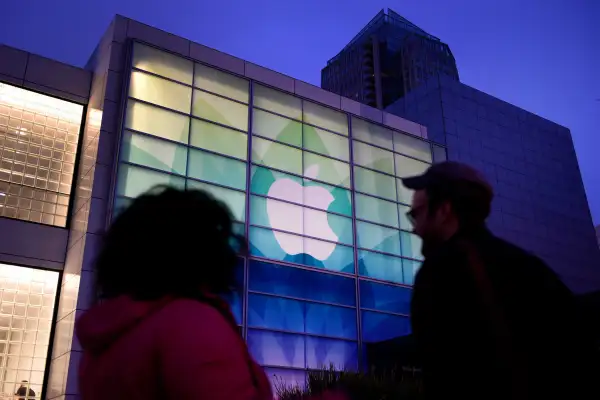How to Spot the Next Apple
Money is not a client of any investment adviser featured on this page. The information provided on this page is for educational purposes only and is not intended as investment advice. Money does not offer advisory services.

Tech investors swing for the fences and often ignore price, hoping to get in on "disrupters" that can overturn an industry. Companies don't need profits to get steep valuations (see Twitter, Tesla, and Box). The mood now resembles that of the first dotcom era, which ended 15 years ago when the bubble burst in March 2000. But the lesson of that episode isn't just "don't go there." There were smart ways to buy tech in the 1990s. Price did matter, combined with two other factors: a catalyst or a financial cushion. The same is true now. Here are three cases to illustrate the point.
Case 1: Apple's Decisive Turn
Today Apple is the world's biggest company, worth $683 billion. In 1997, though, Apple was a $3 billion computer maker bleeding market share. It traded at around six times earnings, vs. 20 for the S&P 500.
A cheap stock price wasn't enough to make it a deal. "In tech, you have to have some semblance of a catalyst, because investors sooner or later demand revenue growth," says Paul Meeks, a portfolio manager for Saturna Capital. His firm purchased Apple in 1998 at a split-adjusted price of $1.17, which it still owns today at $127.
Saturna couldn't have seen the iPod or the iPhone coming. Its catalyst was the return of Steve Jobs, which signaled an overhaul of how Apple did business. Jobs immediately negotiated his company's survival by getting a $150 million investment from rival Microsoft, and then jump-started research and development, which led to 1998's hit iMac.
Case 2: Cash Saves Dell
In the early '90s, PC maker Dell made big missteps, including a failed launch of notebook computers. At one point in 1993 the stock had lost two-thirds of its value. Dell still had a decent amount of cash on its balance sheet, though, allowing it to fight another day. That was key for Westwood Holdings' buy decision in 1993, says chief investment officer Mark Freeman. In 1997, Dell reached Westwood's target price with gains of about 1,700%.
Case 3: Oracle in 2015
A cheap stock that passes both the catalyst and cushion tests today is the enterprise software giant Oracle . Investors fear that new cloud-based services, which allow users to access software online, will eat into Oracle's business. That's held the stock at 13 times earnings. But Edward Jones analyst Bill Kreher argues that Oracle's own cloud push could be a catalyst, allowing the company to cross-sell more to its customers. This will "bolster ongoing maintenance revenues," he says. Meanwhile, Oracle has $40 billion in cash, a strong defense against would-be disrupters.
Read next: Who will win the battle of the tech titans?
